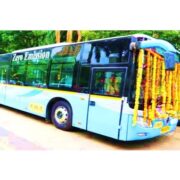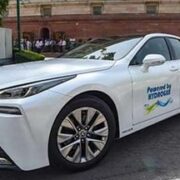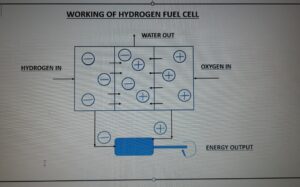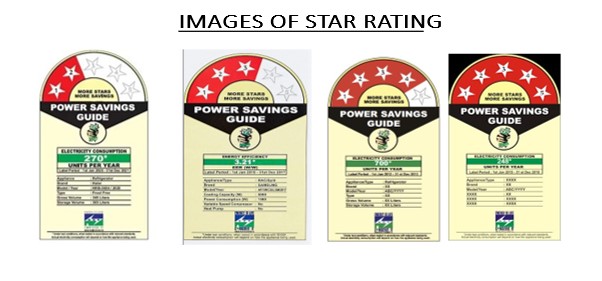Future of electric buses in India
In order to improve the EV footprint in India, the Centre is looking to replace diesel-run polluting buses with electric buses in the next 2-3 years. MD of state-run company Convergence Energy Services Ltd (CESL which handles the acquisition of EVs for both state & central govt departments) said that procurement of e-Buses will be enhanced 3-4 times. He further said that enhancing 100,000 units (initial target set for procurement) by replacing diesel-driven public transport systems with electric buses would help India to reduce carbon emissions & crude imports.
He also said that there is a challenge regarding the infrastructure of charging stations. This issue will be taken care of by state governments by upgrading the electrical supply system (capacity enhancement of transformers & cables) in their respective area. Approx 1.6 million units of buses ply on Indian roads on daily basis.
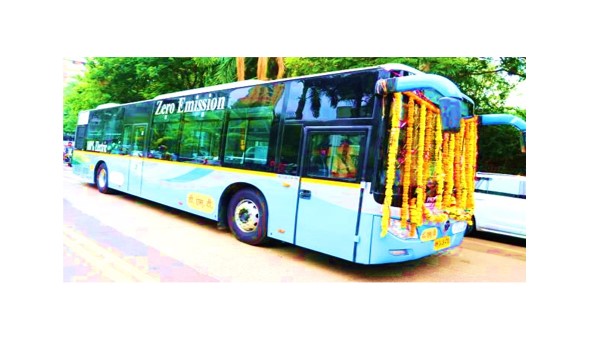
Procurement Started –
Tender for 5600 e-buses (approx.) has been floated (which includes 7m, 9m & 12m e-buses). This is the first tender under the National Electric Bus Programme whose aim is to deploy 50,000 e-buses across India. The bidders have been asked to submit quotes on a gross cost contracting basis wherein bidders will have to submit quote for price per Km for operating services over 12 years as well. This will become standard for India.
About CESL –
Convergence focuses on energy solutions that lie at the confluence of renewable energy, electric mobility, and climate change. It builds upon the decentralized solar development experience in under-served rural communities in India, and over time, using battery energy storage will deliver renewable energy solutions to power agricultural pumps, street lighting, domestic lighting, and cooking appliances in villages. CESL will also work to enable battery-powered electric mobility and its infrastructure and design business models to increase the uptake of electric vehicles in India.
Convergence aims to develop solutions to address those most at risk of climate change and create systems to enable reduction of the carbon footprint at scale.

